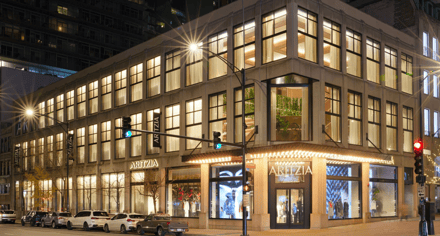Insights & News
Featured Articles
-2.jpg?width=440&name=112324_661%20copy%20(3)-2.jpg)
-
By The Magnificent Mile
-
Posted 02 hour ago
-
Chicago Shines Bright: Celebrate the 34th Annual Wintrust Magnificent Mile Lights Festival

-
By Simran Kumbhare
-
Posted 05 hour ago
-
The Magic Arrives on The Magnificent Mile: Harry Potter Shop Chicago Opens April 10, 2025

-
By Simran Kumbhare
-
Posted 06 hour ago
-
The Iceberg Trail: An Interactive Art Experience on The Magnificent Mile

-
By Simran Kumbhare
-
Posted 05 hour ago
-
Aritzia’s Flagship Arrives on The Mag Mile
.jpg?width=440&name=Chicago%20Winery%20Mag%20Mile%208-31-23%204%20(1).jpg)
-
By The Magnificent Mile
-
Posted 03 hour ago
-
Bid Legislation
20 Million
Mag Mile Visitors/Year
106,131
Residents
67%
of all hotel rooms in the central district
17%
jobs in Chicago
.jpg)
8%
Largest Consumer Spend In Chicago
-1.png?width=756&height=111&name=Magnificent%20Mile%20Logo-01%20(2)-1.png)
